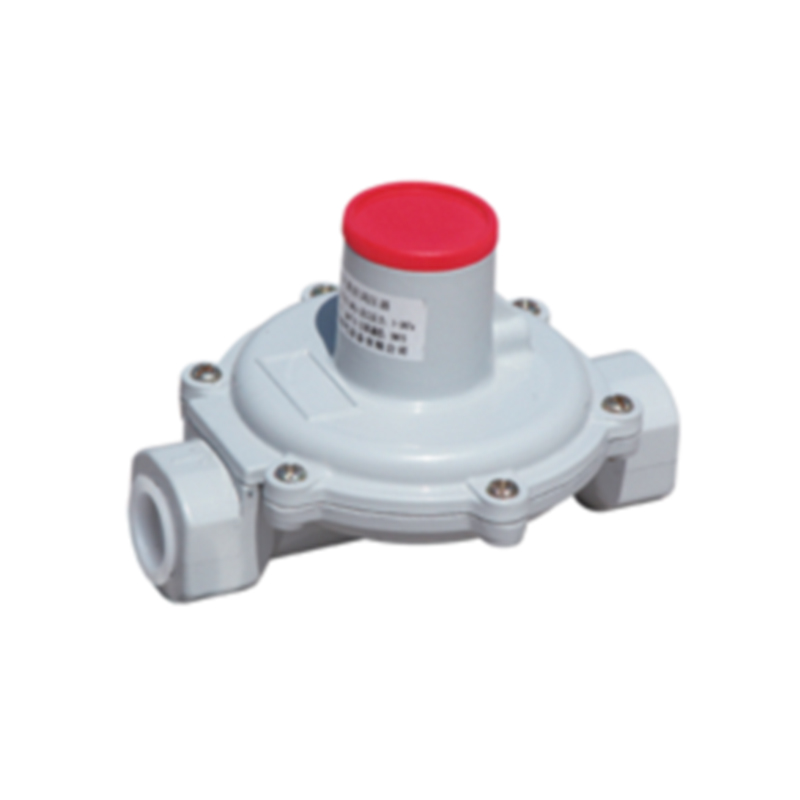
Sep . 25, 2024 20:20
Back to list
pressure reducer
Understanding Pressure Reducers Essential Components for Fluid Systems
Pressure reducers are vital components in various fluid systems, serving the crucial function of managing and regulating pressure levels. This article delves into the working principles, types, applications, and benefits of pressure reducers, shedding light on why they are indispensable in numerous industrial and residential applications.
What is a Pressure Reducer?
A pressure reducer, also known as a pressure regulator, is a device designed to lower and stabilize the pressure of a fluid as it flows through a system. These devices are commonly used in systems where fluid pressure needs to be maintained at a specific level to ensure safe and efficient operation. They can handle different types of fluids, including gases and liquids, making them versatile tools in many applications.
How Do Pressure Reducers Work?
The primary function of a pressure reducer is to convert high inlet pressure to a lower, constant outlet pressure. This is achieved through a mechanism that typically consists of a diaphragm, a spring, and an adjustment screw. When high-pressure fluid enters the reducer, it acts on the diaphragm, which moves in response to the pressure. The movement of the diaphragm compresses the spring, adjusting the outlet pressure to the desired level.
As the system demands change, the pressure reducer continuously monitors the flow and adjusts accordingly, ensuring that the pressure remains within the specified range. This automatic regulation helps to protect downstream equipment, preventing damage that could occur from excessive pressure fluctuations.
Types of Pressure Reducers
There are various types of pressure reducers, each suited for specific applications
1. Spring-Loaded Pressure Reducers The most common type, these use a spring to maintain pressure levels. They are widely used in applications ranging from residential water systems to industrial gas systems.
2. Pilot-Operated Pressure Reducers These devices feature a pilot system that allows for more precise regulation of pressure, making them suitable for high-demand applications in heavy industries.
3. Electronic Pressure Regulators With advancements in technology, electronic pressure regulators have become popular. They utilize sensors and control systems to provide accurate pressure management, particularly in automated systems.
Applications of Pressure Reducers
pressure reducer

Pressure reducers have a broad spectrum of applications across various industries
- Water Distribution Systems In municipal water supply networks, pressure reducers ensure that water is delivered at safe and consistent pressures to homes and businesses.
- Industrial Manufacturing Many manufacturing processes require specific pressure levels for optimal performance. Pressure reducers are used to control pressures in pneumatic systems, hydraulic systems, and gas delivery systems.
- Medical Applications In the healthcare sector, pressure reducers regulate the flow and pressure of gases used in medical equipment, ensuring patient safety and equipment functionality.
- HVAC Systems Heating, ventilation, and air conditioning systems utilize pressure reducers to manage the pressure of refrigerants and air, contributing to system efficiency and longevity.
Benefits of Using Pressure Reducers
The use of pressure reducers brings several benefits
1. Safety By preventing excessive pressure, these devices protect both equipment and personnel from potential hazards associated with high-pressure operations.
2. Cost Efficiency Maintaining optimal pressure levels can lead to reduced energy consumption and lower operational costs.
3. Extended Equipment Life By regulating pressure, pressure reducers help to extend the life of equipment by minimizing wear and tear caused by pressure fluctuations.
4. Improved Performance Systems equipped with pressure reducers operate more efficiently, providing better overall performance.
In conclusion, pressure reducers are essential components in fluid systems, offering critical pressure management that enhances safety, efficiency, and performance across a multitude of applications. Whether in industrial settings or residential utilities, understanding and properly implementing pressure reducers is key to optimizing fluid systems and ensuring they operate smoothly and reliably.
Next:
Latest news
-
Safety Valve Spring-Loaded Design Overpressure ProtectionNewsJul.25,2025
-
Precision Voltage Regulator AC5 Accuracy Grade PerformanceNewsJul.25,2025
-
Natural Gas Pressure Regulating Skid Industrial Pipeline ApplicationsNewsJul.25,2025
-
Natural Gas Filter Stainless Steel Mesh Element DesignNewsJul.25,2025
-
Gas Pressure Regulator Valve Direct-Acting Spring-Loaded DesignNewsJul.25,2025
-
Decompression Equipment Multi-Stage Heat Exchange System DesignNewsJul.25,2025

